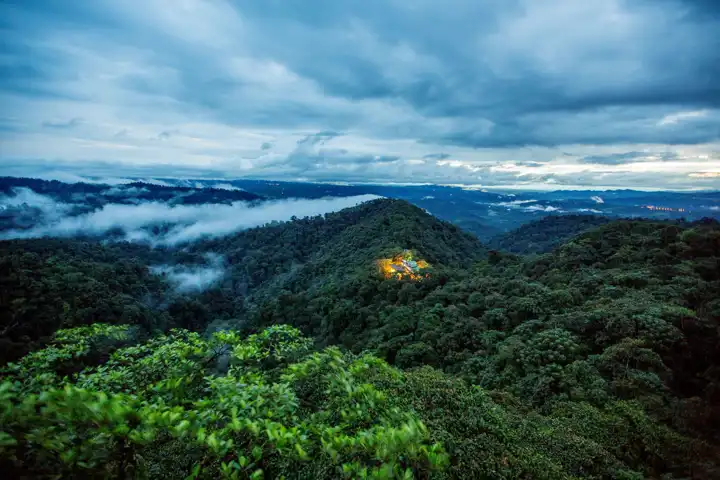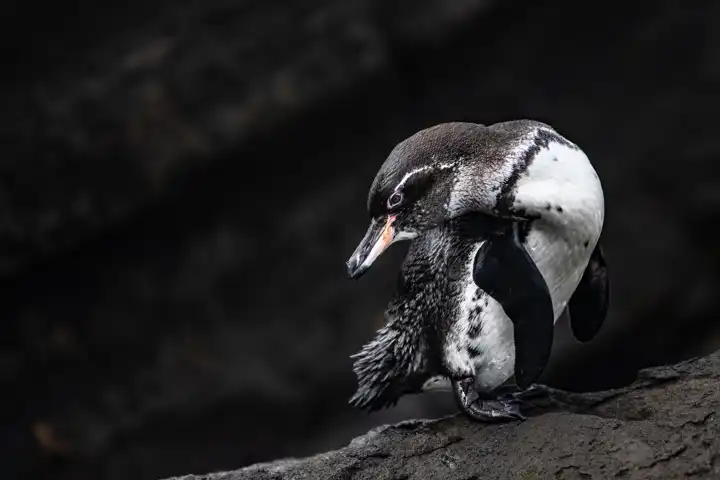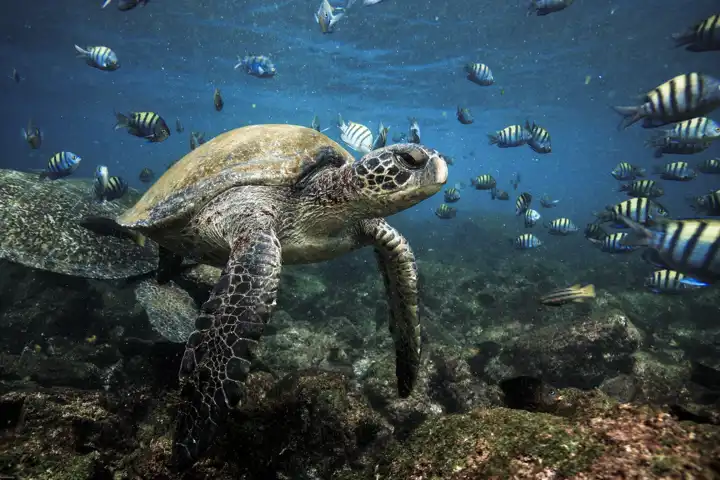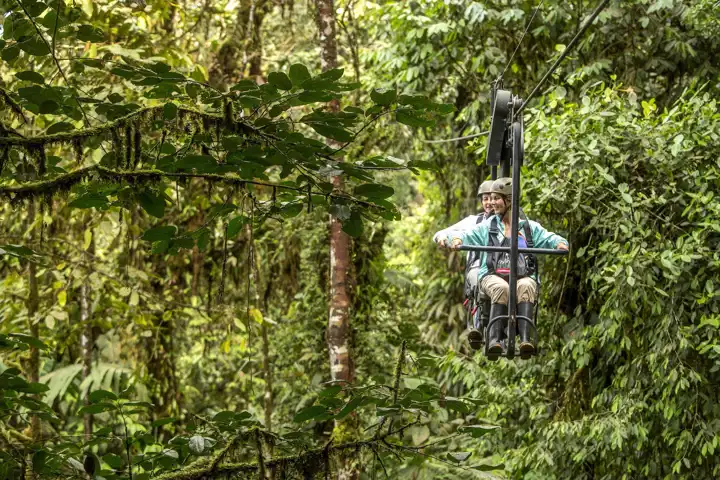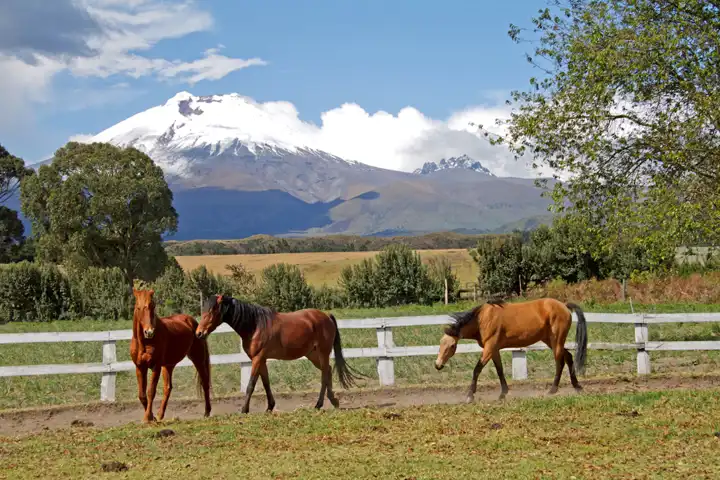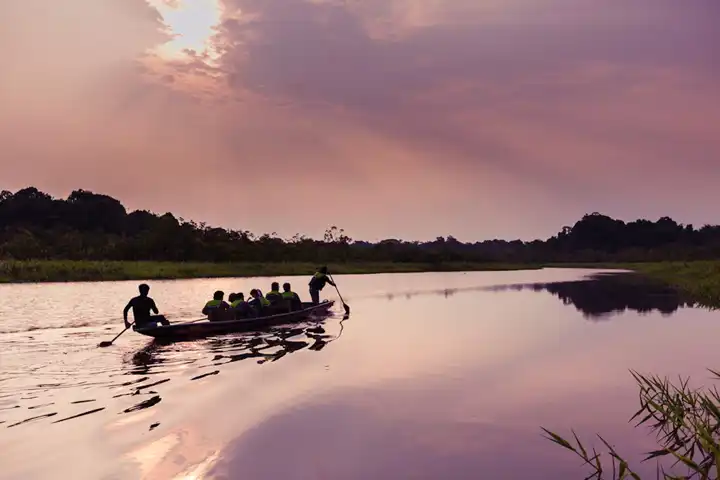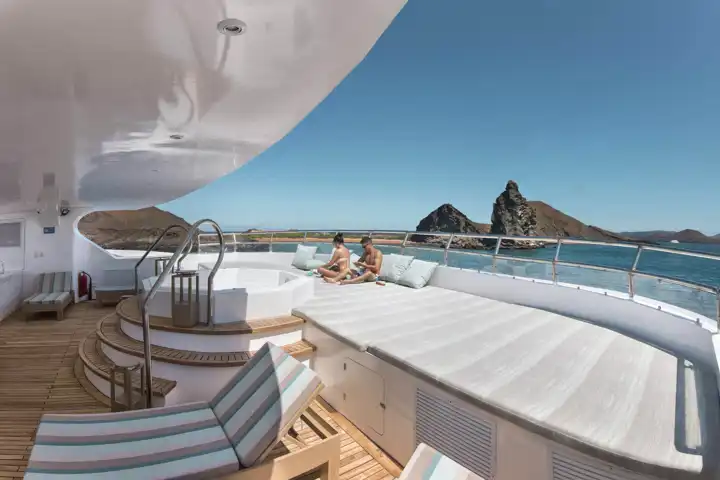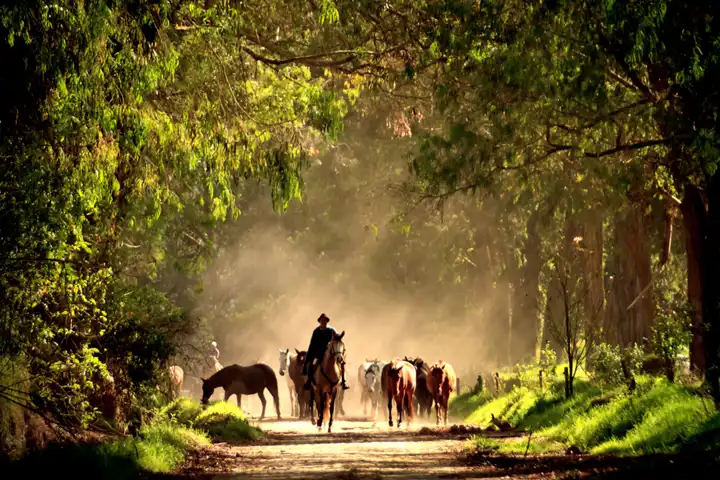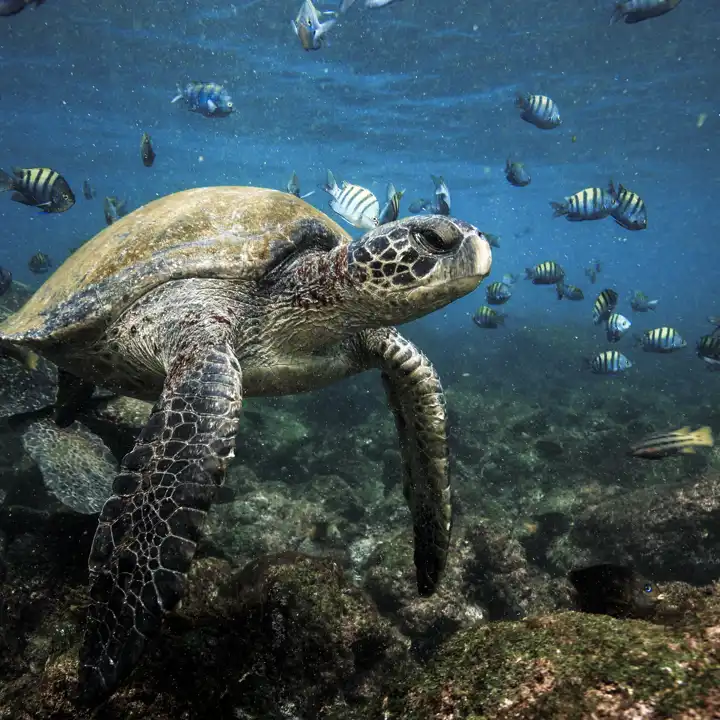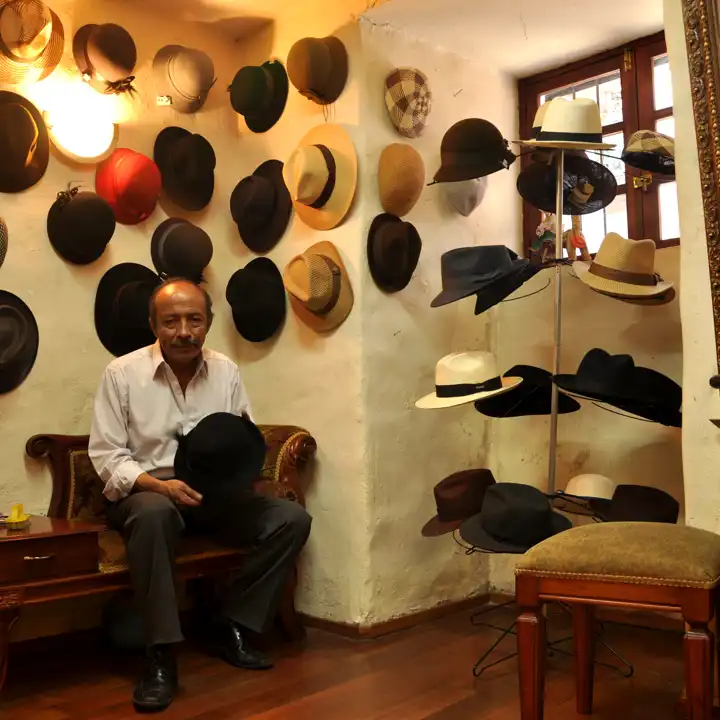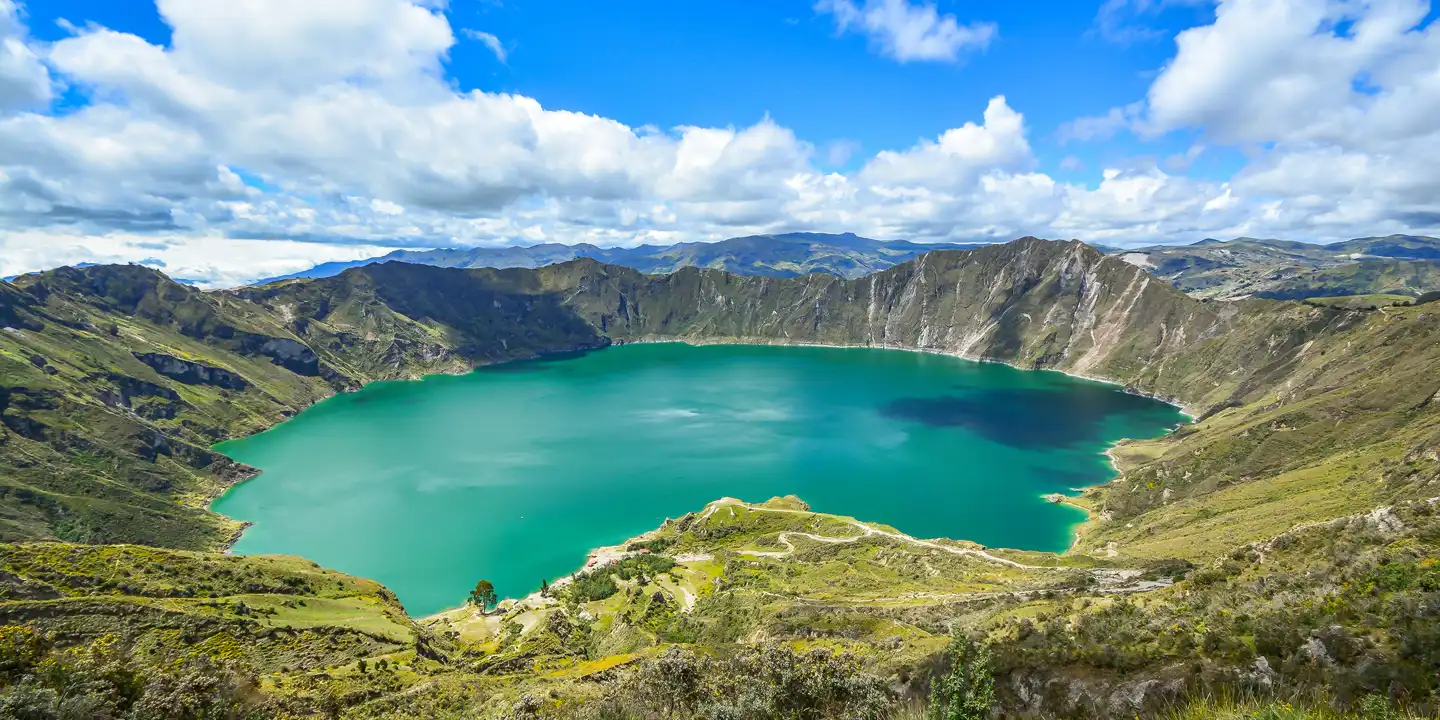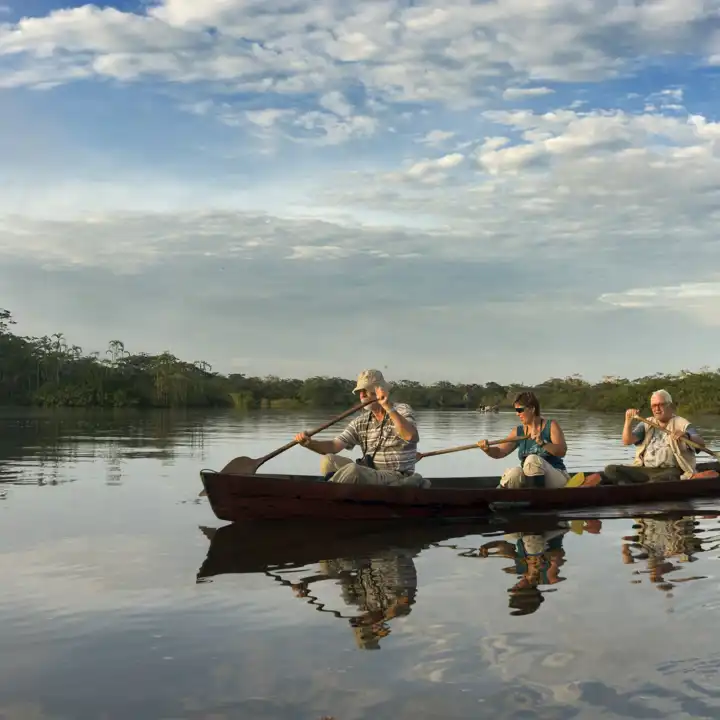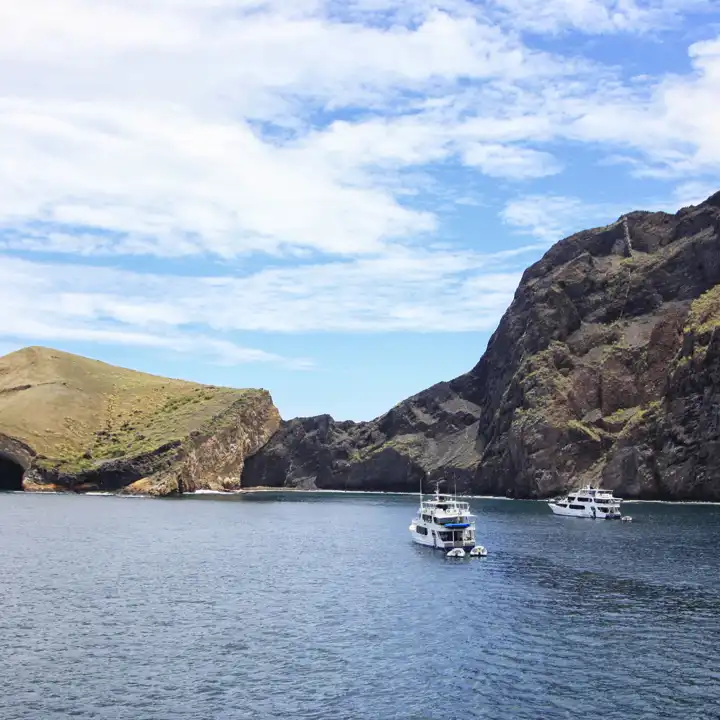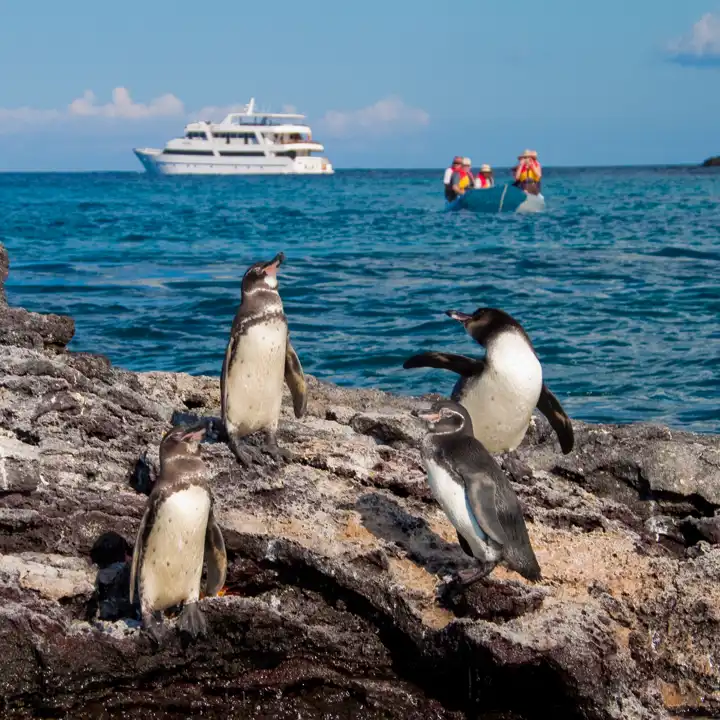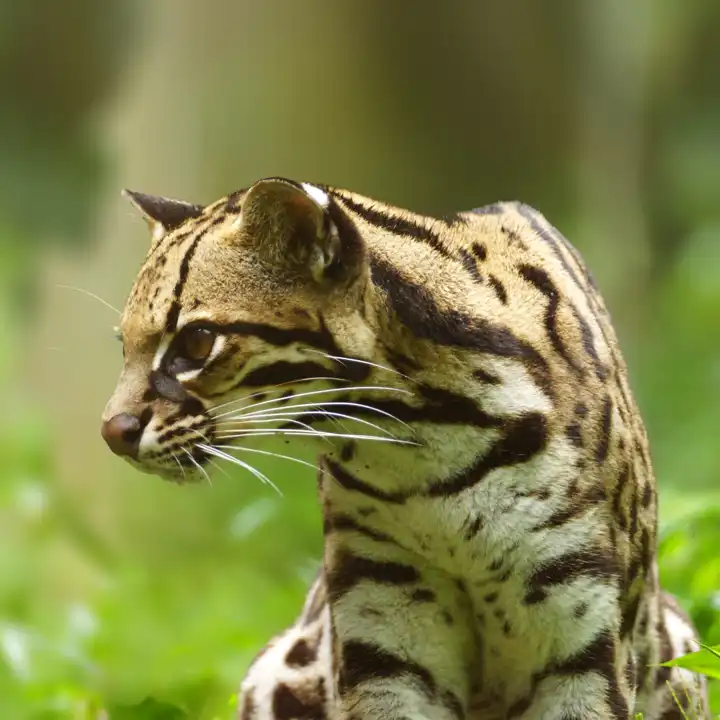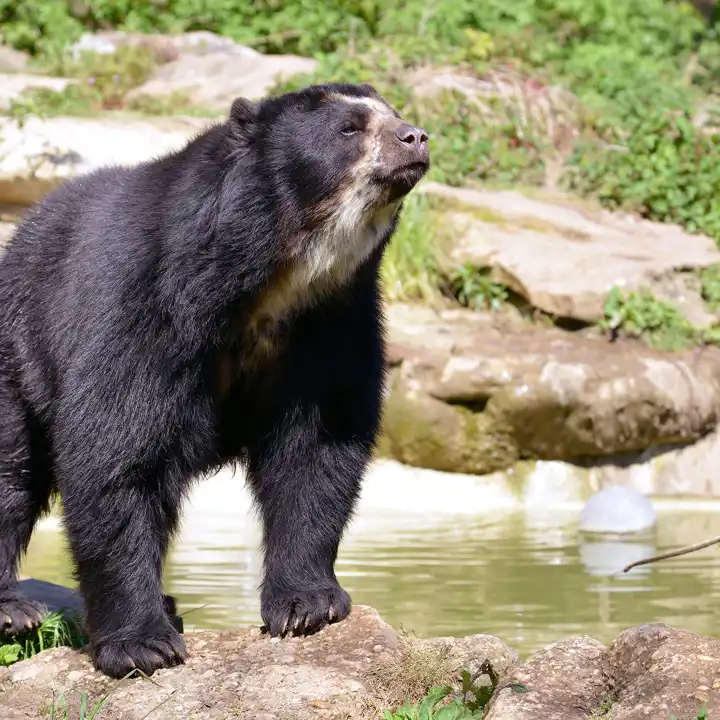Ecuador & The Galápagos Islands
A Tapestry of Culture and Unrivaled Natural Beauty
Ecuador & The Galápagos Islands
Tiny yet mighty, Ecuador plays host to unrivaled natural beauty, unique wild land and sea creatures, a diverse population, and a fascinating history. Indeed, all of these elements packed into such a small size make it an incredible travel destination. Ker & Downey offers not only exclusive experience in the Galapagos Islands, but also unique opportunities on the country’s mainland.
Galapagos Islands Luxury Travel
One of the most popular ways to experience the luxury travel to Ecuador is through custom, guided Galapagos Islands luxury travel. Moreover, Ker & Downey has access to a wealth of luxury yachts and catamarans. In additon, our access to land-based camps and villas help make your Galapagos dreams come true. Snorkel with sea lions and exotic fish in the clear waters. Additionally, relax with lazy sea lions on the beach, and witness the giant tortoises on their migratory path.
Mainland Marvels
Of course, the mainland of Ecuador boasts its own marvels as well. Adventurers can explore the Amazon rainforest in a dug-out canoe then hike to the top of one of the world’s tallest active volcanoes. Culture hounds can learn Quechua, the language of Ecuador’s largest indigenous group and attend a colorful cultural festival. Then animal lovers can go bird watching in pristine cloud forests and help rehabilitate wounded condors. Shoppers may bargain with locals at markets that have remained unchanged for a thousand years; meanwhile, peace seekers will find serenity in remote farms and hidden jungle lodges. Luxury travel to Ecuador is a truly unforgettable experience.
Family Fun
While Ecuador and the Galapagos are great for couples and adults, they are especially wonderful for kids. Between the Galapagos, the Highlands, and the Amazon, it truly is the perfect family destination. It also offers something unique and different each day. One morning brings horseback riding in the foothills of Cotopaxi. The next day, canoeing in the Amazon followed by selfies with giant tortoises two days later. Even adults are invited to unleash their inner child here. Indeed, Ecuador is a playground for the young at heart. It invites travelers to climb up canopy towers in the rainforest to spot toucans, sloths, and monkeys; save condors and other endangered animals; go horseback riding over the open altiplano; snorkel with penguins and sea lions; and, of course, taste all the chocolate.
Ecuador Luxury Travel with Ker & Downey
Explore our completely customizable Ecuador and Galapagos Islands vacations in this delightful region and contact a Ker & Downey expert to customize your expedition. Start your journey today to discover the wonder of luxury travel to Ecuador and the Galápagos Islands for yourself.

